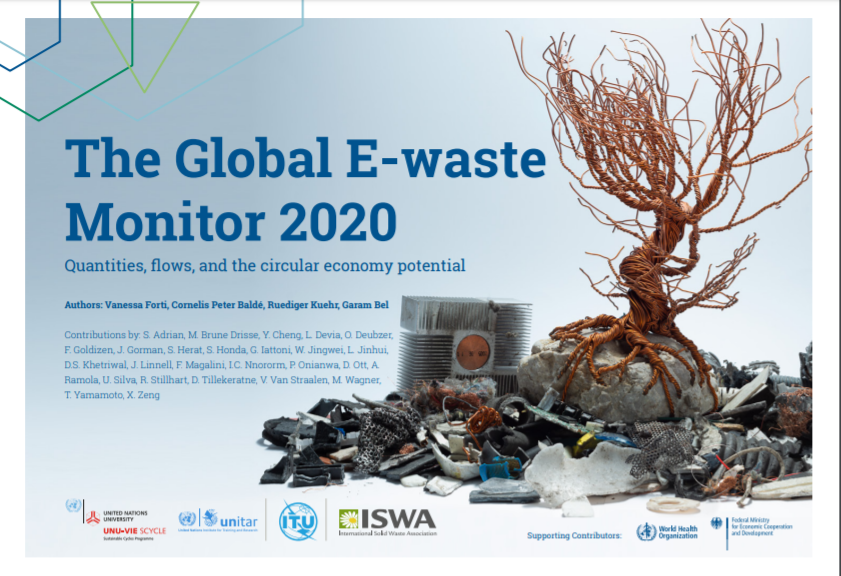US EPA is hosting virtual feedback sessions to solicit input on new Bipartisan Infrastructure Law initiatives on end-of-life battery collection and labeling. A recent session was held on 6/15/22; in case you missed that, register for a similar session June 30, 2022 from 11:30 AM to 12:30 PM Central Time at https://www.zoomgov.com/webinar/register/WN_izu6yTpXTYG2Pjr6mystag. If you require accommodations, please send an email to: meetings@erg.com.
This session will cover two EPA initiatives under development:
- Battery collection best practices that are feasible for tribal, state, and local governments, environmentally sound for waste management workers, and increase the recovery of critical minerals.
- Battery labeling guidelines to improve battery collection including by:
- identifying collection locations,
- promoting consumer education about battery collection and recycling, and
- reducing the improper disposal of batteries and associated fires.
EPA is seeking feedback on:
- What types of batteries should EPA include in the best practices for collection (e.g., small consumer batteries, electric vehicle and grid storage batteries, industrial batteries, etc.)?
- What are the current barriers to safe and effective battery collection and recycling?
- What practices exist to improve battery collection and recycling, especially to increase the safe recovery of critical minerals?
- What types of communication and outreach activities are most useful to reach key battery stakeholders?
- What existing labeling programs should EPA use to inform a new labeling program?
Who should attend?
The session is open to all stakeholders involved in the battery lifecycle, including:
- battery manufacturers,
- battery retailers,
- battery recyclers,
- consumers and businesses that purchase batteries,
- companies in the electric vehicle management chain, and
- tribal, state, and local government agencies.
Why should I attend? Participants will have the opportunity to inform EPA’s development of best practices and guidelines for end-of-life battery collection and labeling.
EPA will also provide an opportunity to provide written feedback. For additional information, including how to submit written feedback, visit: https://www.epa.gov/rcra/battery-collection-best-practices-and-voluntary-battery-labeling-guidelines. You can also sign up for EPA updates: www.epa.gov/recyclingstrategy/forms/stay-connected.
More information about EPA’s Bipartisan Infrastructure Law work:
- EPA, The Bipartisan Infrastructure Law Transforming U.S. Recycling and Waste Management: epa.gov/rcra/bipartisan-infrastructure-law-transforming-us-recycling-and-waste-management
- White House, Building a Better America, A Guidebook to the Bipartisan Infrastructure Law for State, Local, Tribal, and Territorial Governments, and Other Partners (specifically, EPA Solid Waste Management and Recycling Grant information on pages 446-449): www.whitehouse.gov/wp-content/uploads/2022/01/BUILDING-A-BETTER-AMERICA_FINAL.pdf




 The
The  The deadline has been extended until April 27th to submit applications for the EPEAT Purchaser Awards. The awards recognize excellence in green procurement of electronics. EPEAT Purchasers will earn a star for each product category for which they have a written policy in place that requires the purchase of EPEAT registered electronics.
The deadline has been extended until April 27th to submit applications for the EPEAT Purchaser Awards. The awards recognize excellence in green procurement of electronics. EPEAT Purchasers will earn a star for each product category for which they have a written policy in place that requires the purchase of EPEAT registered electronics.

